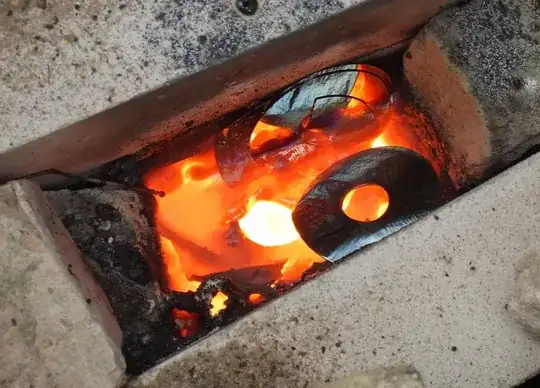Hard drive in question has sensitive unencrypted data but has failed and no longer responds so can't be wiped.
I'd like to physically destroy the said hard drive (3-1/2" desktop, spinning platter drive) before discarding it. What "home remedies" are good options?
EDIT: To the close voters: None of the other similar questions talk about techniques one can perform at your everyday home (hard drive degaussers, industrial shredders etc). IMHO this question is similar but uniquely distinct.
EDIT2: We're not talking about corporate data, national security data or personal banking data. Encrypted backups mostly, with some unencrypted personal identifiable information when the said drive was used to migrate data.
